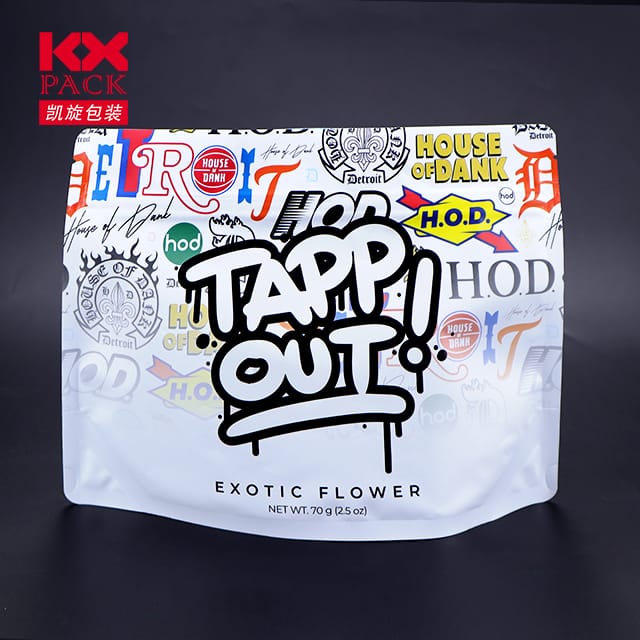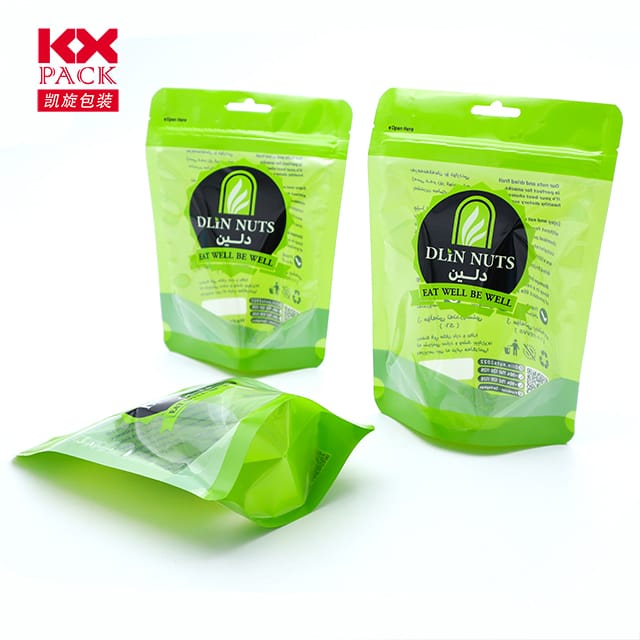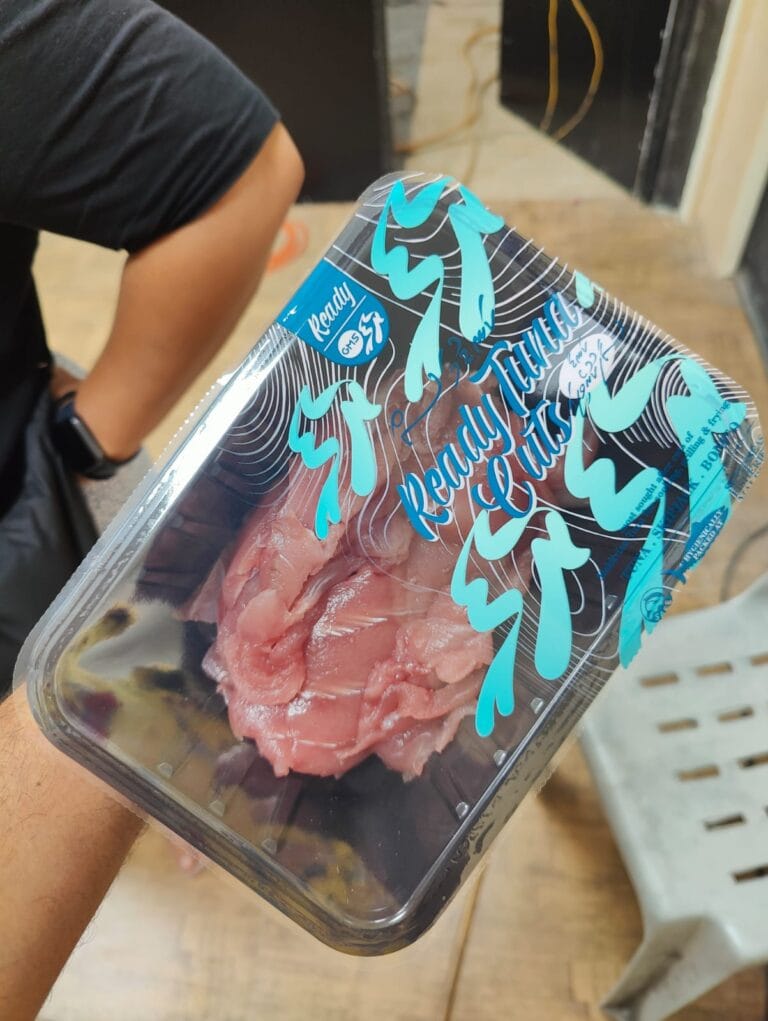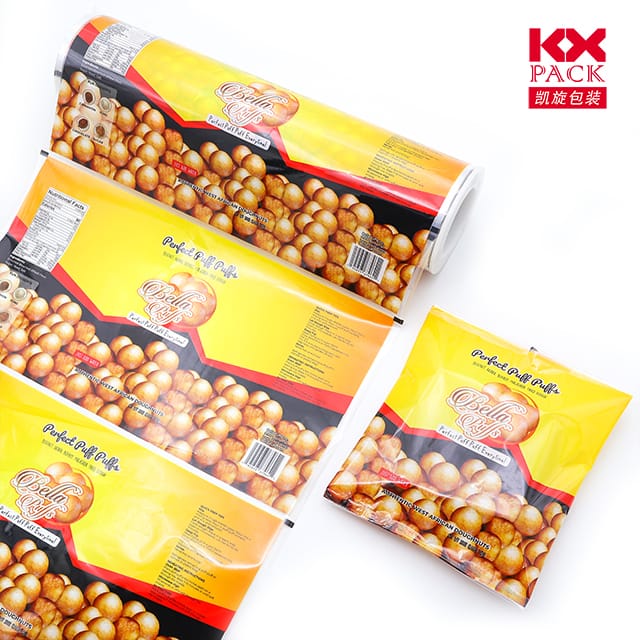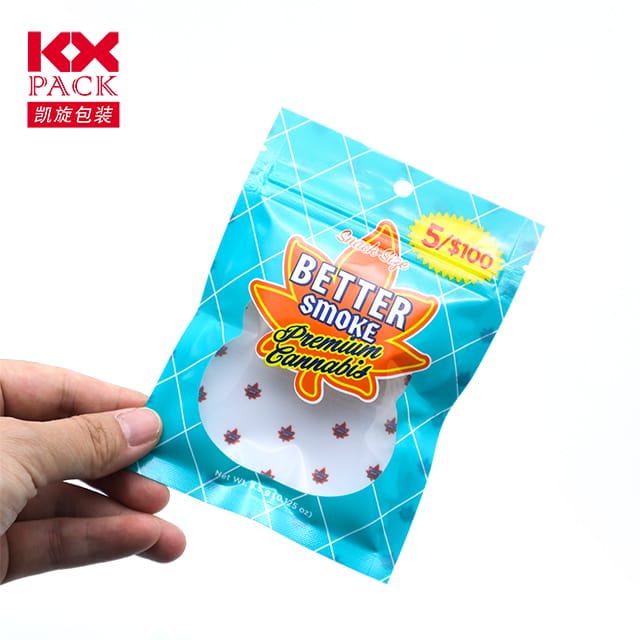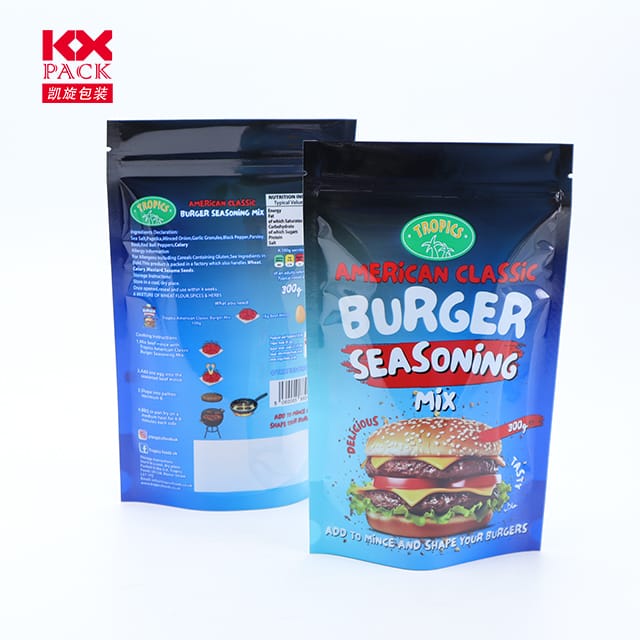L'épée à double tranchant de film plastique dans l'emballage alimentaire: Commodité vs. Durabilité
Film plastique
In modern kitchens and supermarkets, plastic film for food—commonly known as cling wrap, enveloppe de suggestion, ou enveloppement alimentaire - est devenu un aliment de base. Son transparent, extensible, et les propriétés hermétiques le rendent idéal pour préserver la fraîcheur, Empêcher les déversements, et envelopper les restes. Encore, À mesure que les préoccupations environnementales montent, Cet outil de cuisine omniprésent fait l'objet d'un examen minutieux. Explorons les avantages, inconvénients, and eco-friendly alternatives to plastic film in food storage.
1. Why Plastic Film Dominates Food Packaging
- Preservation Power: Plastic film creates an airtight seal, slowing oxidation and bacterial growth. This extends the shelf life of produce, viandes, and cooked meals by days or even weeks.
- Versatilité: From wrapping sandwiches to covering bowls, its flexibility allows it to conform to any shape.
- Rentabilité: A single roll costs just a few dollars and can last months, making it a budget-friendly choice for households and restaurants.
- Hygiène: Transparent and disposable, it reduces cross-contamination risks compared to reusable containers that may not be cleaned thoroughly.
2. The Environmental Toll of Plastic Film
Despite its convenience, plastic film poses significant environmental challenges:
- Non-Biodegradable: Most plastic films are made from polyethylene (PE), a petroleum-based material that takes 500+ années to decompose.
- Microplastic Pollution: When discarded improperly, it fragments into microplastics that infiltrate soil, waterways, and even human food chains.
- Recycling Barriers: Many curbside recycling programs don’t accept plastic film due to contamination risks. Only 4% of U.S. plastic wrap is recycled annually (EPA, 2021).
- Single-Use Culture: The average household uses 1,500 plastic bags/wraps yearly, most of which end up in landfills or oceans.
3. Eco-Friendly Alternatives to Plastic Film
The good news? Sustainable swaps are readily available:
UN. Enveloppes de cire d'abeille
- Matériel: Cotton fabric coated in beeswax, huile de jojoba, et résine d'arbre.
- Avantages: Réutilisable jusqu'à un an, compostable, and naturally antibacterial.
- Best For: Wrapping cheese, sandwichs, or covering bowls.
- Drawback: Not vegan-friendly and melts near heat.
B. Silicone Food Covers
- Matériel: Food-grade silicone (a synthetic rubber).
- Avantages: Lave-vaisselle, reusable for years, et résistant à la chaleur (great for sous-vide cooking).
- Best For: Stretching over bowls, casseroles, or half-cut produce.
- Drawback: More expensive upfront (10–20 per set).
C. Reusable Fabric Covers
- Matériel: Cotton or linen with a waterproof lining (Par exemple, PUL fabric).
- Avantages: Machine-washable, customizable in size, and breathable for produce.
- Best For: Storing bread, herbs, or covering dough during rising.
ré. Rénits en verre ou en acier inoxydable
- Avantages: Hermétique, étanche, and infinitely recyclable.
- Best For: Meal prepping, leftovers, and freezer storage.
4. How to Reduce Plastic Film Waste Today
Even if you’re not ready to ditch plastic film entirely, small changes can make a difference:
- Reuse: Wash and dry plastic wrap gently to reuse it 2–3 times.
- Recycle Right: Check local programs for drop-off locations that accept plastic film (Par exemple, grocery store bins).
- Buy in Bulk: Avoid pre-wrapped produce; bring reusable mesh bags to the store.
- DIY Alternatives: Use a damp paper towel to keep greens fresh or store leftovers in jars.
5. The Future of Food Packaging
Innovations are emerging to bridge convenience and sustainability:
- Films comestibles: Made from starch or seaweed, Ces enveloppes peuvent être mangées ou composées.
- Plant-Based Plastics: Biodegradable films derived from corn or sugarcane are entering the market.
- Emballage intelligent: Sensors embedded in films could soon detect food spoilage, réduire les déchets.
Réflexions finales: Balance Is Key
Plastic film’s role in food safety and preservation is undeniable, but its environmental impact demands action. By opting for reusable alternatives when possible and disposing of plastic responsibly, we can protect both our meals and the planet.
What’s your go-to plastic film alternative? Share your tips in the comments below—let’s inspire each other to make sustainable swaps! 🌍🥪
Sources: EPA, National Geographic, and sustainability blogs like Treehugger.


